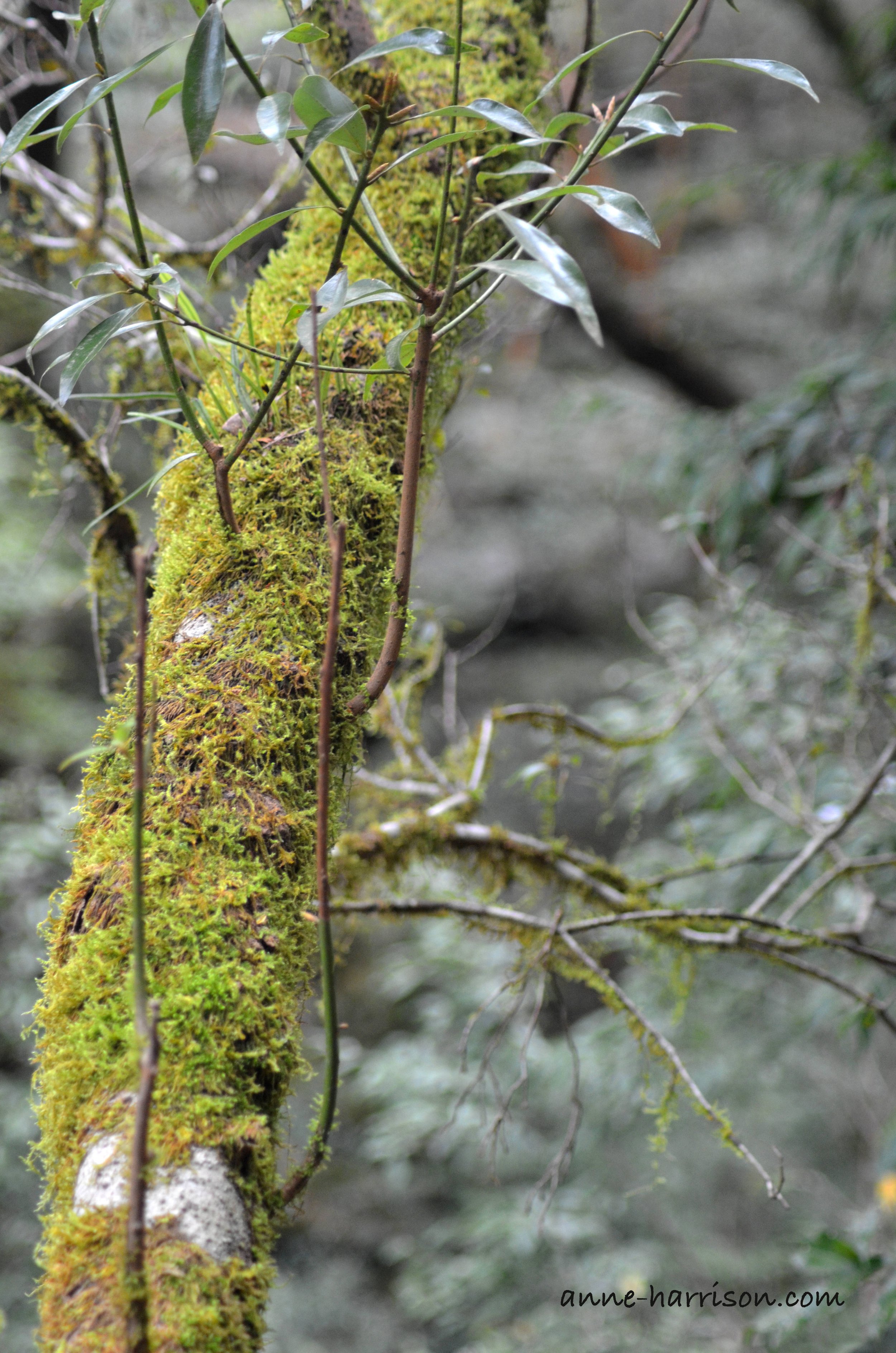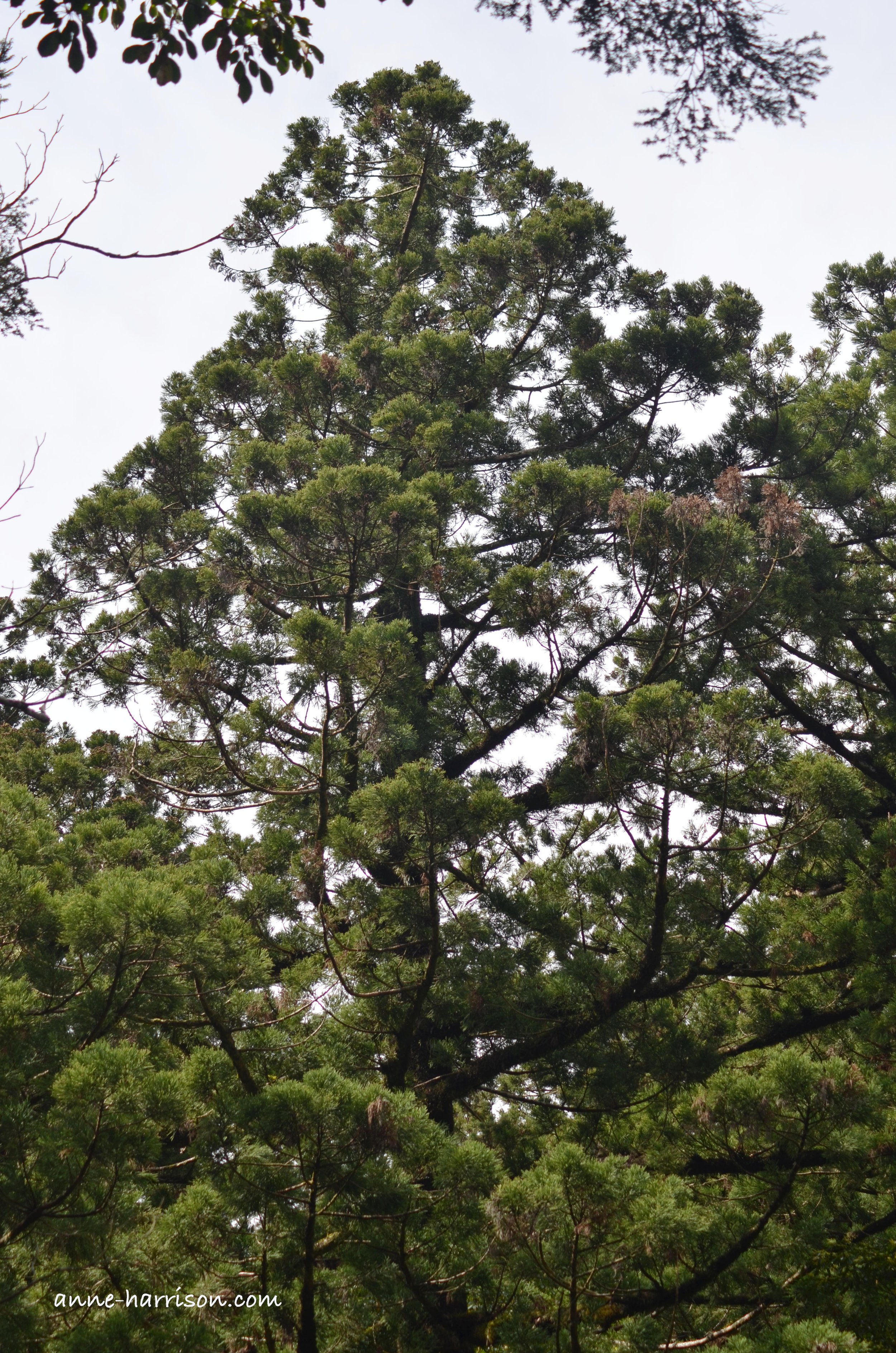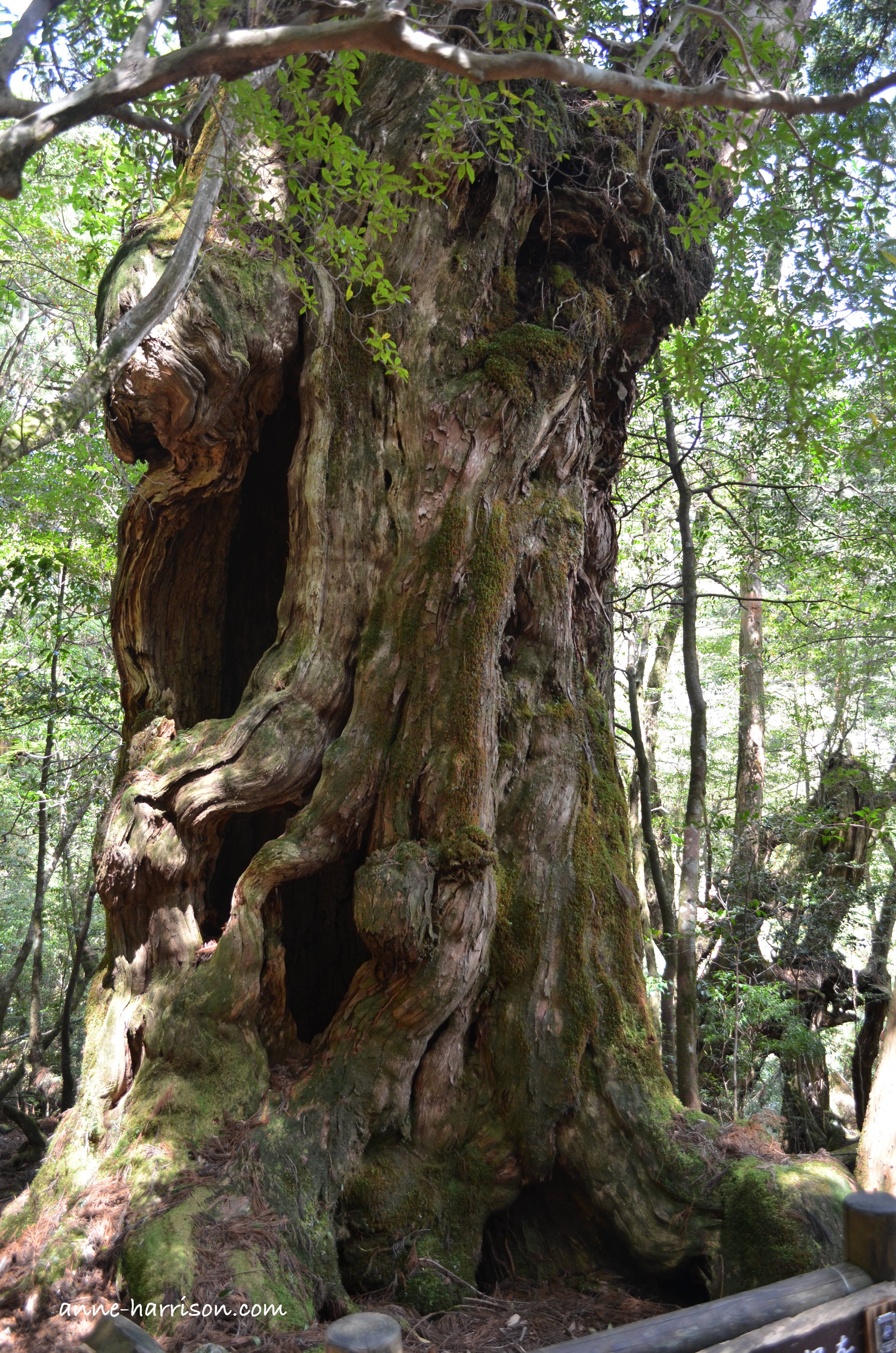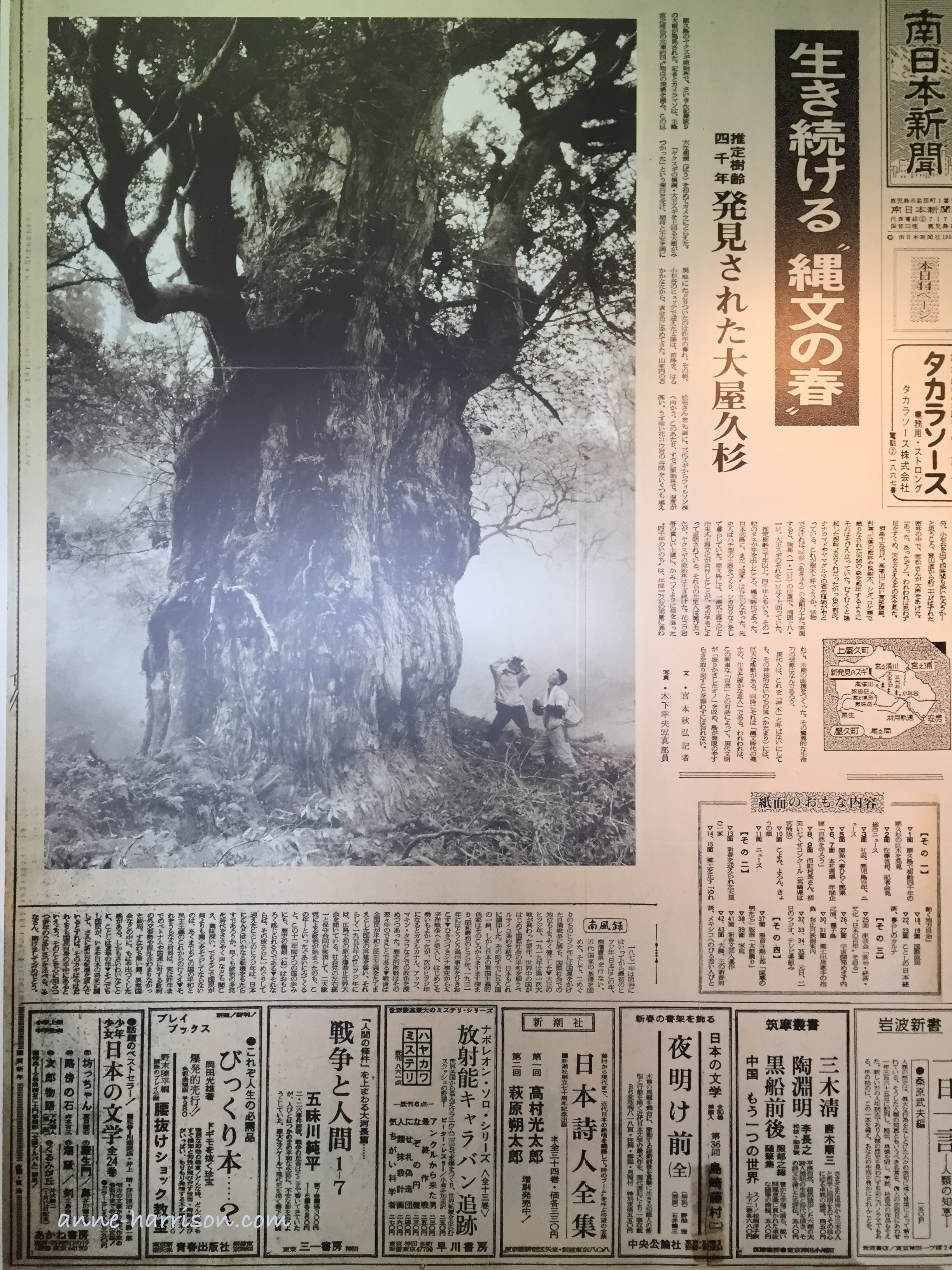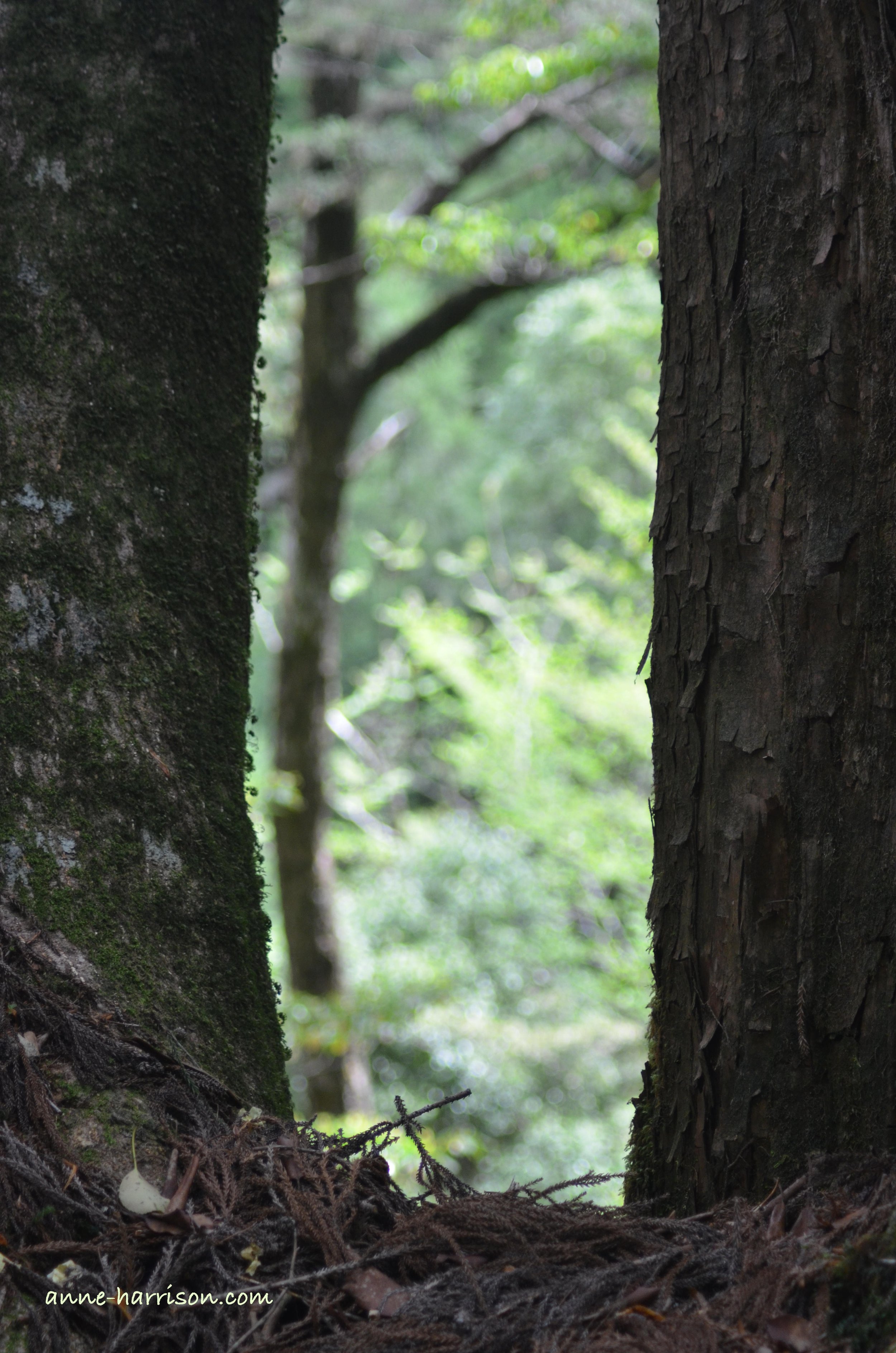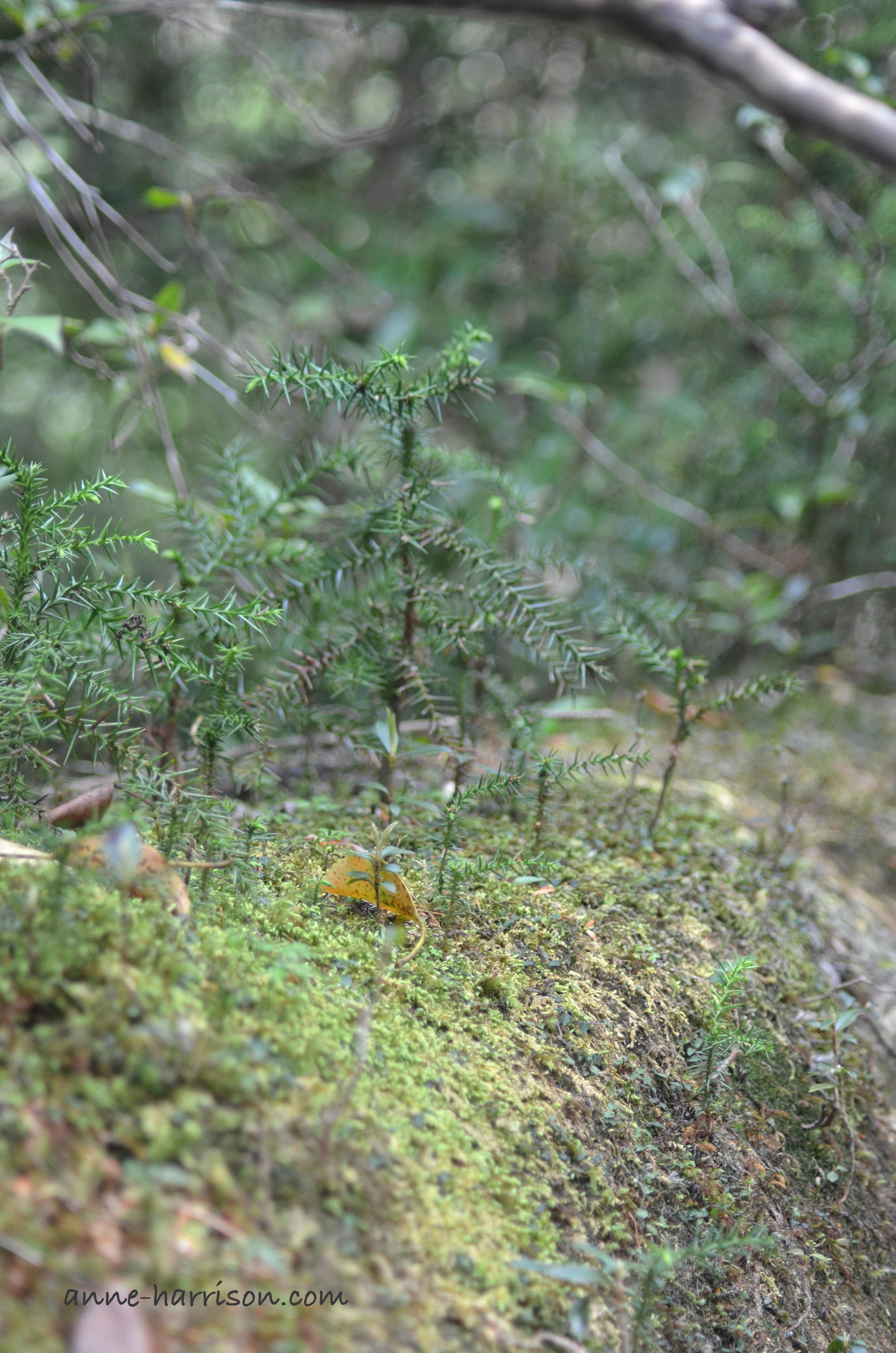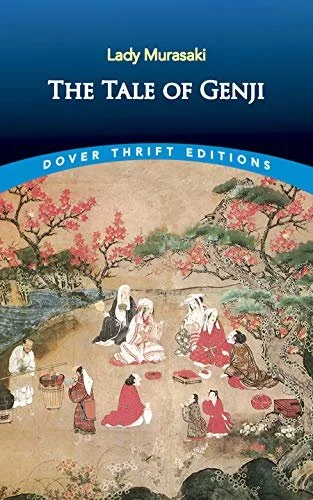The Ancient Forests of Yakushima Island
Some incredibly shaped trunks © A. Harrison
It is said the mountains on Yakushima Island wring every last drop of water from the sky. The island is one of the wettest places in Japan, a place where the weather rapidly sways from sunshine to rain so torrential it is impossible to drive, and flash floods pour from the mountains.
Yet for my visit the weather gods were smiling, granting a day of perfect sunshine for my walk through the ancient cedar forests. The highlands are covered with forests filled with Yaku-Sugi, or ancient cedar trees over 1000 years old – with some trees on the island estimated to be nearly 7000 years old.
As it wove slowly up the mountains the road headed past tiny villages, once populated with loggers. Especially during Japan’s Edo Period, the forest on Yakushima Island was extensively logged, for the cedar trees made, exceptional roof shingles. Some houses in Kyoto still have original shingles dating back to the 16th century. Part of the reason lies in the resin, which is produced by the tree as protection from the rain. The layer of resin is so thick it stops not only water, but also anything else growing on the tree.
The museum at the forest’s entrance © A. Harrison
Trees and lichen within the forest © A. Harrison
Higher up the mountain monkeys played by the roadside, and I even spotted some Yaku deer amongst the trees.
The forest is incredibly peaceful - the trees and heavy undergrowth absorb all sound. The air smelt cold and fresh. Pristine rivers coming down from the mountains tumbled over waterfalls and into clear ponds (which were exceptionally cold!)
The trees become older the deeper I wandered into the forest. Some have their own names, with the walkways veering for a better view. The path proved steep and quite rugged in places, needing the occasional rope rail - plus I crossed a sway bridge which bounced with each step!
With logging long ceased, the forests have made such a dramatic recovery Yakushima Island has been World Natural Heritage listed. The pamphlet I picked up on arrival spoke of the beaches perfect for snorkelling, of sampling the onsen, or natural hot springs, or maybe kayaking along the lakes. Another time, perhaps; I was too busy surrounded by the beauty of the ancient forests.
Images from my walk plus a clipping from an old newspaper in the museum © A. Harrison
Enjoy my writing? Please subscribe here to follow my blog. Or perhaps you’d like to buy me a coffee? (Or a pony?)
If you like my photos please click either here or on the link in my header to buy (or simply browse) my photos. Or else, please click here to buy either my poetry or novel ebooks. I even have a YouTube channel. Thank you!
The Literary Traveller
A classic of Japanese literature, The Tale of the Genji dates from the peak of the Heian Period. It was written in the 11th C by a Japanese noble woman, Murasaki Shikibu, who was also a lady-in-waiting. Depicting the lifestyle of the upper echelons of the Japanese feudal system, TheTale of the Genji is also considered the first psychological novel.
The work revolves around the life of the Shining Genji, son of the emperor, and his favourite concubine Lady Kiritsubo.
The novel revolves largely around the art of seduction – Genji marries his first wife at the age of twelve. In an era when style and aesthetics were more highly rated than morally and substance, the high-born seem to do little else than write poetry to their lovers, and even emperors are often ignorant of their true fathers. To be beautiful, or poetic, or excel at calligraphy, was seen as a reflection of inner goodness, both in this life and previous ones.
In The Tale of the Genji Murasaki Shikibu captures the life of 11th century Japan while describing humanity in all its shades and vulnerabilities. Ten centuries later I fell under her spell.



